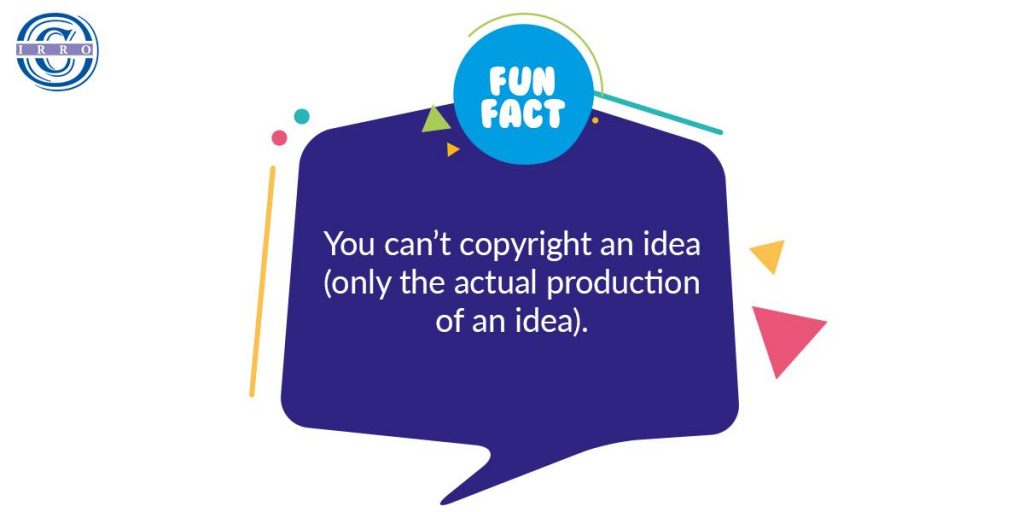Lessons To Learn From Famous Copyright Infringement Cases
The first thing to know about copyrights is that they are laws protecting the ‘original creation’ of someone. This original creation can include books, songs, paintings, films, and the like. The infringement of copyright, however, isn’t always a black and white issue. While on most occasions, the violation is blatant and the intent of the defendant is clearly copying someone else’s work, in some cases it isn’t as straightforward.
Read through some of these famous court cases that have created major public discourse over copyrights, and see what you can learn from them to protect yourself.
1. The UNIVERSITY OF OXFORD VS. RAMESHWARI PHOTOCOPY SERVICES
The infamous DU photocopy case was a landmark copyright violation case in India. The genesis of this case lies in a prevalent practice in the University of Delhi, wherein photocopy shops copy reading material from prescribed textbooks and sell it to students at subsidized rates.
To contest the same, the chancellors, masters, and scholars of the University of Oxford filed a case against Rameshwari Photocopy Services, alleging them of copyright infringement under Section 2(o) of the Copyright Act.
OUTCOME: The publishers had to withdraw their lawsuits against the defendants, as it was observed that the shop had a legal license to operate within the North Campus premises of DU.
LESSON: Having a Reprographic license goes a long way. It saves you money and gives you the authority to carry on your operations without inviting trouble.
Copyright is not a divine right and it is intended to increase the harvest of knowledge, not impede it. Photocopying with the objective of spreading knowledge and fostering education doesn’t constitute copyright infringement.

2. THE ASSOCIATED PRESS VS. SHEPARD FAIREY
Associated Press had published a photograph of Barack Obama in 2008, and a street artist named Shepard Fairey took the image and turned it into a colorized poster. The artist’s design rapidly gained popularity as the ‘hope’ poster, which was used in Obama’s first presidential election.
In January 2009, AP demanded compensation for the photograph’s use in Fairey’s work. In response to these demands, Fairey claimed that his work didn’t reduce the value of the original photograph and therefore it should be deemed as fair use.
OUTCOME: Fairey and Associated Press came to a private settlement in January 2011, part of which included sharing the profits made by the poster.
LESSON: Although there wasn’t a court case or an actual verdict, this case created a lot of buzz about the value of work in these copyright battles. A proper license to use copyrighted work could’ve saved both parties a lot of time and energy. So, keep your permissions sorted and when in doubt – credit the source!
3. VANILLA ICE VS. DAVID BOWIE & FREDDIE MERCURY
This case revolved around the song ‘Ice Ice Baby’ by Vanilla Ice. The song sampled but did not credit the song ‘Under Pressure’ by David Bowie and Queen. Denying it at first, Vanilla Ice did admit to using the same melody.
OUTCOME: The case was settled privately out of court. Vanilla Ice ended up paying a certain sum of money and crediting Bowie/Queen on the track.
LESSON: No good ever comes from copying other artist’s work.
Many of us are inspired by someone else’s work from time to time. Flattering as it may be to the original artist, it is not right to copy or steal. Imagine how frustrating it would be to see your work get copied and bring profit to someone who didn’t even create it. So, even if you are inspired by someone else’s original work, have a proper license to reproduce it to keep yourself out of court!
